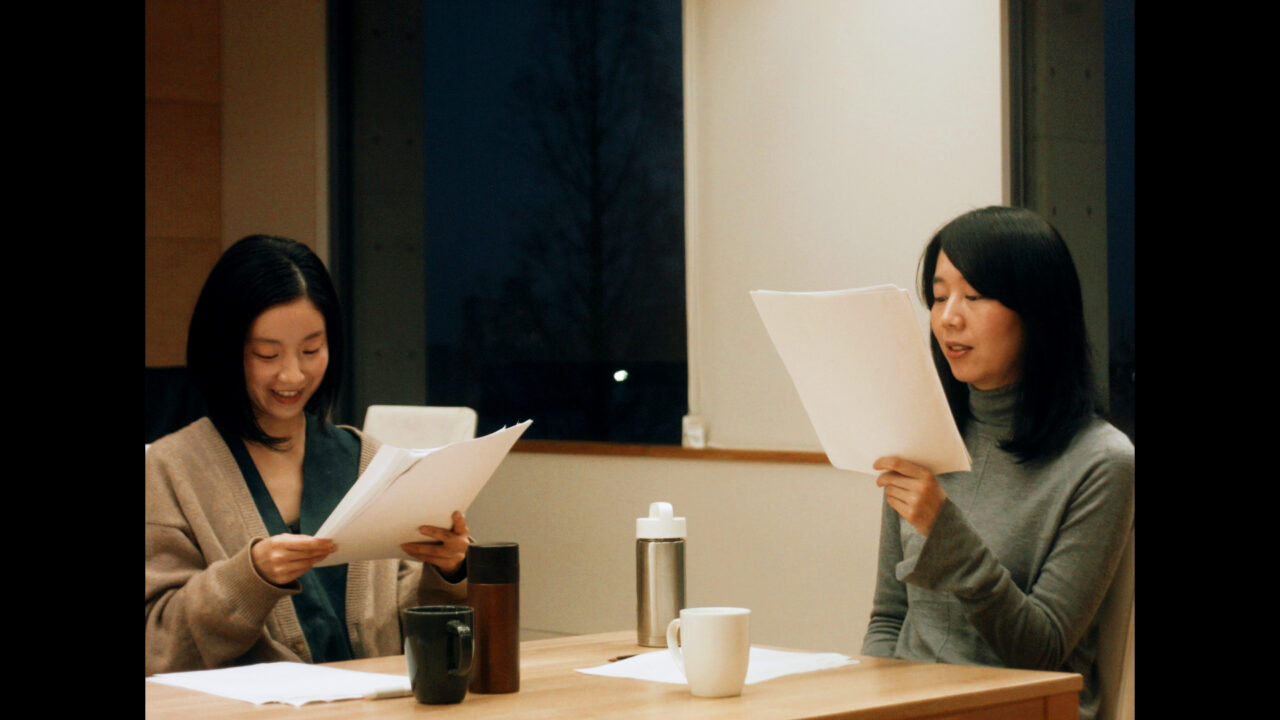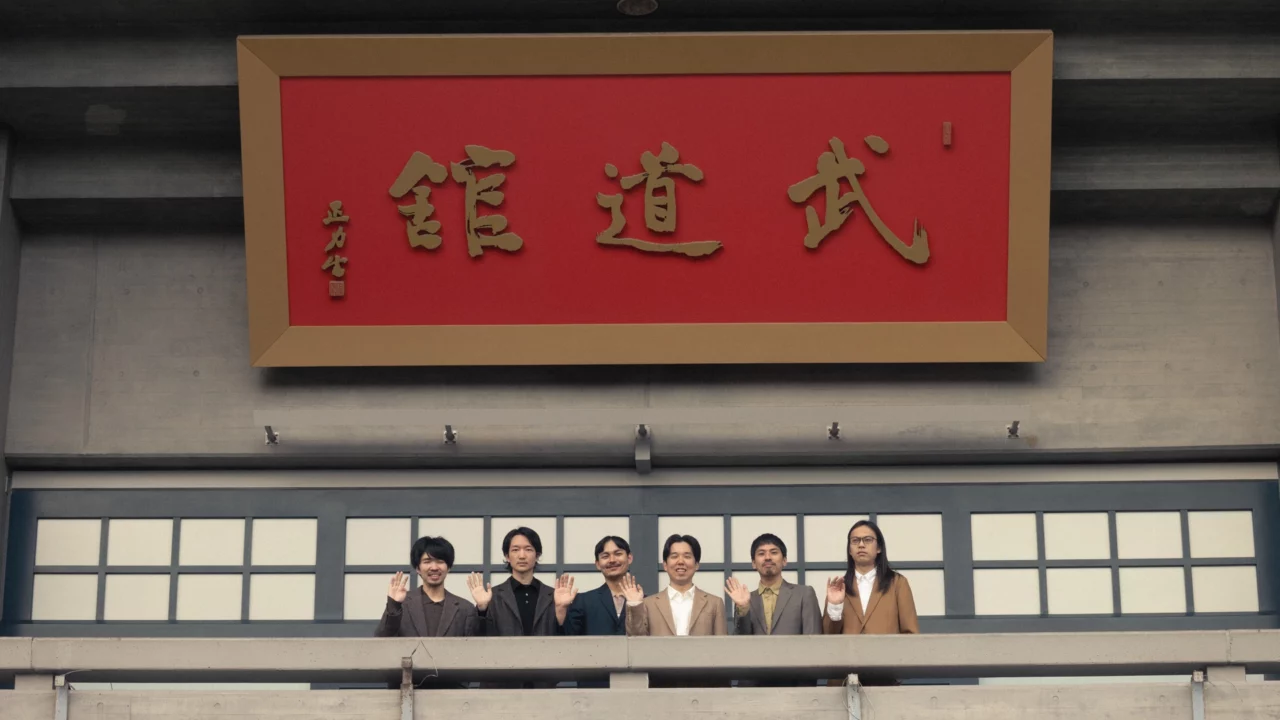INDEX
The Realization that Households Raising Children Possess Remarkable Uniqueness was Truly Surprising
-Excluding the detective at the beginning of the film, there are only three characters in the film: the wife, Nodoka; the husband, Naoto; and Aki, an old friend of the wife’s who comes and goes at the house where they live.
Kusano: From the planning stage, I wanted to depict people who are obsessed with something or someone in particular, which is why we ended up with one couple and a woman from the outside.
There was one more reason: I wanted to make a film that was like a game of cards. In this film, the wife, Nodoka, plays the joker role, and it is up to Naoto or Aki to take Nodoka. It’s like a card game, where the strength of the game changes completely depending on that. This may be the common theme of the film, “territory”.

-I think the most important thing to remember is that the actors’ bodies and speech change as the film is shot, and we, the audience, are watching the process of change.
Kusano: I was most impressed on set. There were clear moments when I felt that we had to end rehearsals here, because if we did any more, it would become a production, not an actual reading. It was a moment when everyone on site felt the same way. However, when I showed the footage I had shot to my co-editor, Keita Suzuo, who was not at the site at all, he told me that he did not understand the changes that I could talk about with such passion. I knew that there were some things that could not be conveyed on film. So I was very particular about how to show them again in the editing.
-I was moved by the changes in the actors during rehearsals, and the fact that all the people on set shared that emotion seemed to resonate with the phrase “dense time” that appears in the play.
Kusano: The phrase “dense time” was not my idea. In order to express the “dense time” that Aki and Nodoka spent together, we decided on a code word that could be understood by both of them, which eventually became a song.
The song was “Kojo no Tsuki” by Rentaro Taki , and I chose it completely out of personal taste. In Nami Iguchi’s “The Love and Adventure of Yukihiko Nishino” (2014), there is a scene where she sings “Song of the Beach,” and I really like that kind of thing, so I wanted to sing a song too.

-You also mentioned earlier that “territory” is the theme of the film. In the play, the time Aki and Nodoka spend together is called “the kingdom. On the other hand, Aki calls Naoto and Nodoka’s house “a kingdom that has its own space,” and says that she felt something dangerous there.
Kusano: When I actually went to visit my friend and her husband’s house, I felt like I was in a cocoon or covered by a curtain. I had the impression of a soft space where temperature and humidity are properly controlled and small creatures are nurtured. I thought that a house where children are raised is very special, and the impact was amazing. So I wanted to depict a house where children are raised in my film.
But in the film, the child dies as a result, so I told the friend, “I’m really sorry. I’m sorry I used them as a motif.

-Aki kills Honoka, the child of Naoto and Nochika, doesn’t she? How do you feel about this development?
Kusano: There was an incident that I was very concerned about, the death of a child, and I thought it would be great if I could incorporate that into the work at the planning stage. At first, it was just a simple reason, but I have been struggling with it for a long time, and I haven’t found the right place to put it down yet. Even though it is a work of fiction, I am wondering if it was really the right thing to do.
Even if it was necessary for the work, I still haven’t found the answer to the question of why the child was killed in the play. As a filmmaker, I was still inexperienced in some areas. So I hope that by releasing the film this time, I will be able to give some answers.
























